Septoria Diseased Plants – Signs Of Cane And Leaf Spot Disease
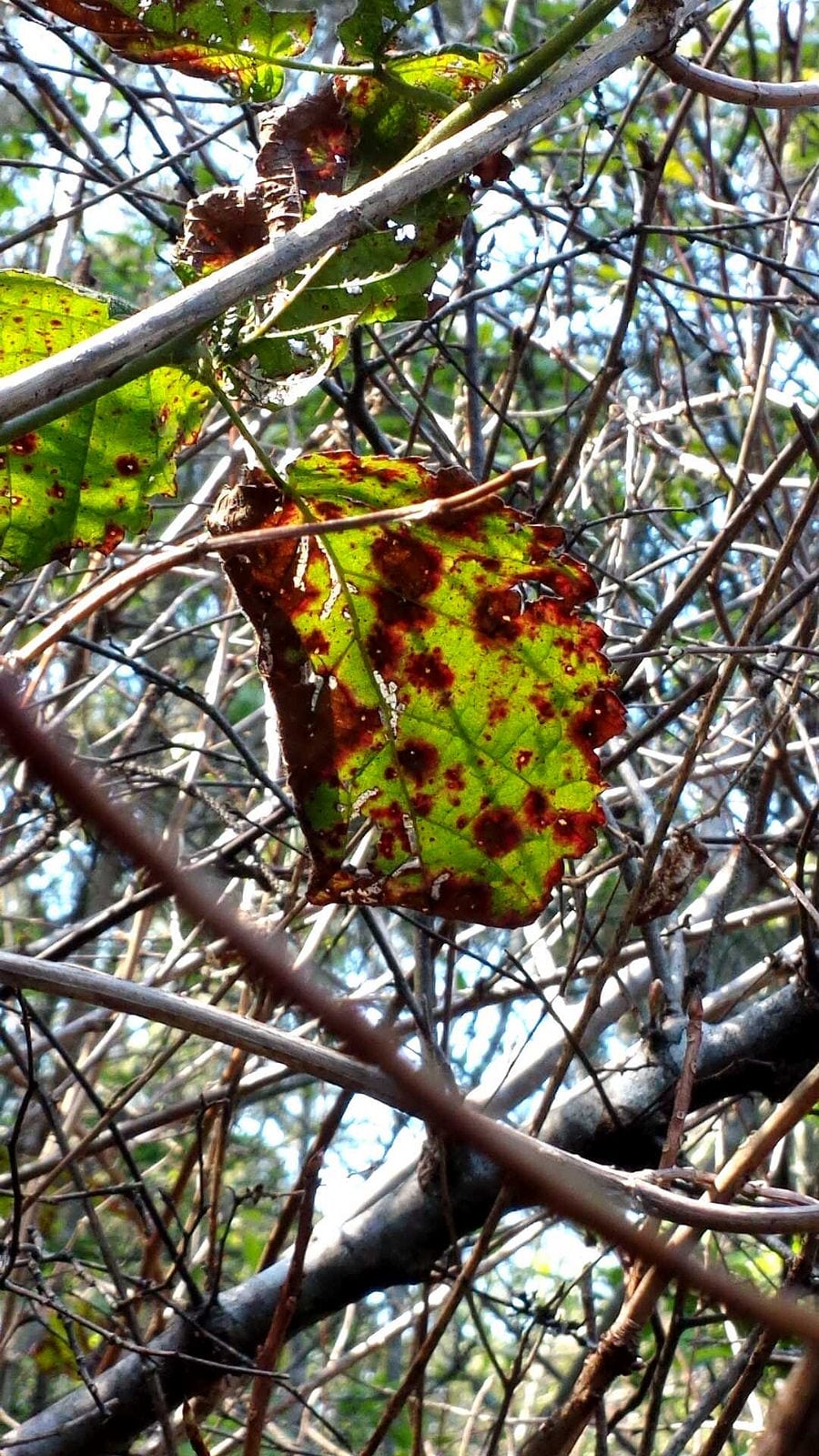
If you’ve noticed spots on your caneberry stems or foliage, they’ve likely been affected by septoria. While this doesn’t necessarily spell disaster for your plants, it’s certainly not something you want to have spreading throughout your crop. Read on for tips on managing the disease in your garden.
What is Septoria Cane and Leaf Spot?
Septoria cane and leaf spot (Mycosphaerella rubi) is a fungal disease common to cane berry plants such as:
Spores are disseminated by wind and water splash. All cane berries are perennials, as the roots come back year after year. However, the plant above the soil is biennial-- the canes grow vegetatively for a year, bear fruit the next year, and die. Every year the plant sends up new canes to replace those that died. Septoria cane and leaf spot happens most commonly on closely planted canes, especially those with foliage that has gathered around the base restricting the air flow between the canes. Signs of cane and leaf spot are light to dark brown spots that start out purplish. To avoid symptoms of septoria, space berry plants 5 to 6 feet (1.5-2 m.) apart, in rows about 8 feet (2 m.) apart. Cane berries fruit from May to September depending on the location, so this disease generally affects plants late in the growing season, typically in August or September.
Recognizing Septoria Diseased Plants
Although not the most serious of fungal infections to plants, symptoms of septoria is a weakening of the plant and defoliation which will hinder its ability to winter over effectively, resulting in plant death the following season. It is sometimes mistaken for anthracnose (Elsinoe veneta) or dieback that affects plants in the spring and results in seasonal death of canes if left untreated. Anthracnose lesions are irregular. Leaf spots may also resemble blackberry rust but have no yellow pustules on the lower leaf surface. Look for small, round leaf spots, about a tenth of an inch across, that start out purplish and turn brown as it progresses. Spots appear on both leaves and canes and remain small with light brown or tan centers. Older leaf spots have whitish centers surrounded by brown. Tiny black specks are visible when inspected with a hand lens developing in centers of leaf spots. Check canes for similar lesions.
Septoria Treatment Options
This fungus overwinters in dead plant debris and on infected canes. Splashing or wind-driven rain releases spores in high numbers and carries them to young, susceptible leaves and canes. The fungus germinates in a film of moisture and penetrates leaf or cane tissue. As leaf and cane spots form and age, new fungi form in the centers. These also produce and release spores creating more septoria diseased plants throughout the growing season. Long periods of rainfall are highly conducive to disease development. The key to managing leaf spot is to increase air circulation within canes and reduce sources of previous infection. Proper spacing, thinning to maintain proper cane density, controlling weeds, and removing dead and damaged canes and leaf debris after harvest lowers canopy humidity and allows faster drying of foliage and canes, resulting in less infection. Selective pruning is a perfect way to manage septoria cane and leaf spot; simply remove the old canes that already bore fruit and let new ones take their place. Remove old fruiting canes at the ground when they have died back. This allows the dying canes to move nutrients back into the crown and roots. No fungicides are currently registered for use specifically against this disease, however, fungicides used to control anthracnose and botrytis gray mold may help control leaf spot in general. In addition, sprays of copper sulfate and lime sulfur offer some control and are considered organic septoria treatments.
Gardening tips, videos, info and more delivered right to your inbox!
Sign up for the Gardening Know How newsletter today and receive a free copy of our e-book "How to Grow Delicious Tomatoes".
-
 Get Ready For A Summer Of Hummers! Grow These Full Sun Hummingbird Plants and Flowers
Get Ready For A Summer Of Hummers! Grow These Full Sun Hummingbird Plants and FlowersIf you’re lucky enough to enjoy a sunny backyard, make sure you are maxing out on your pollinator opportunities and grow these full sun hummingbird plants and flowers
By Tonya Barnett
-
 12 Lush Alternatives To A Lawn For Sustainable Spaces
12 Lush Alternatives To A Lawn For Sustainable SpacesAlternatives to a lawn are beautiful and also beneficial to your local ecosystem and its pollinators. Explore our top picks for plants to replace grass.
By Tonya Barnett
-
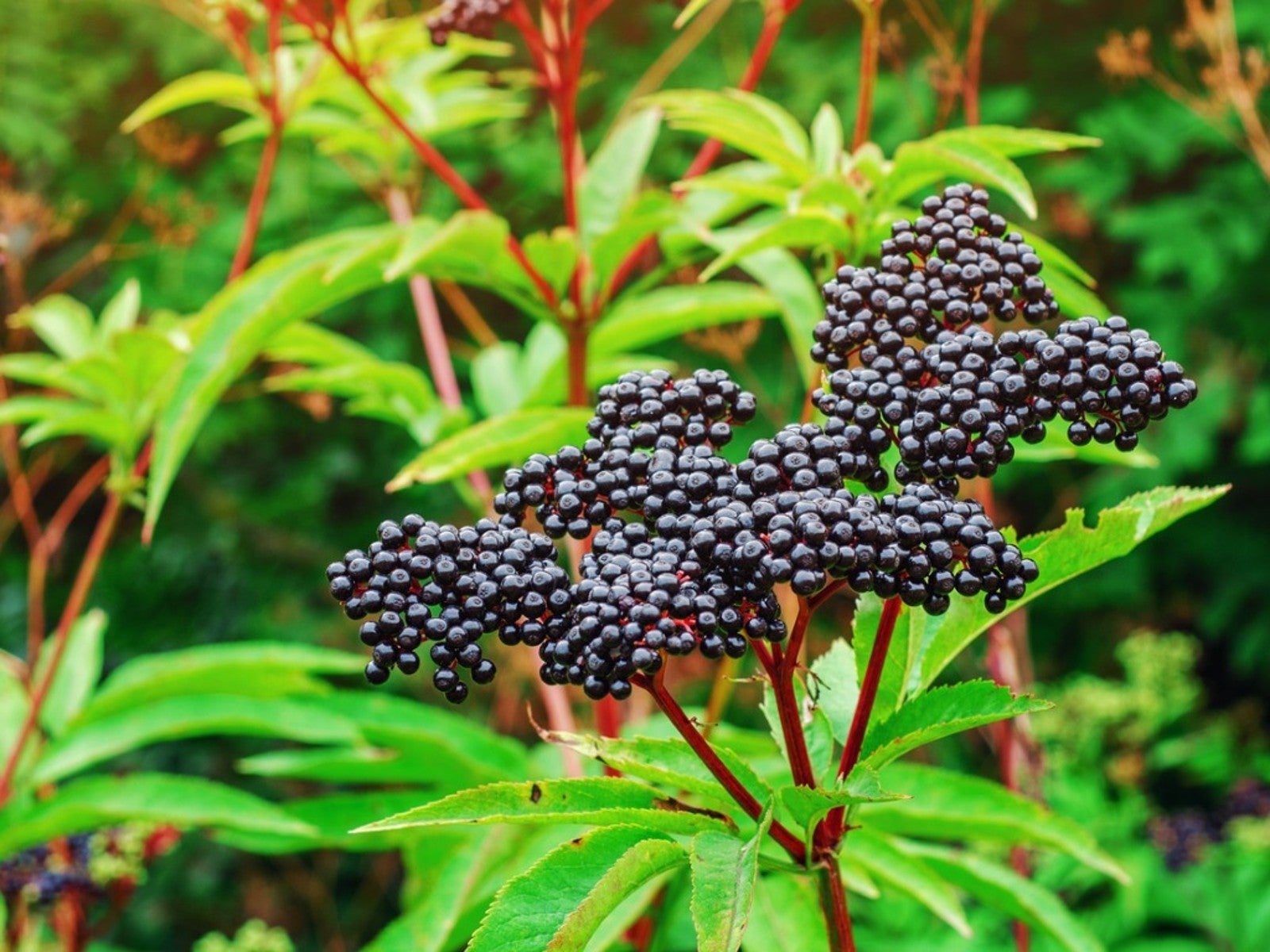 Edible Berry Bushes And Trees With Black Fruit
Edible Berry Bushes And Trees With Black FruitWhich trees and shrubs bear black fruit? The most common types of black fruit are berries. Click to read more about growing black berries.
By Teo Spengler
-
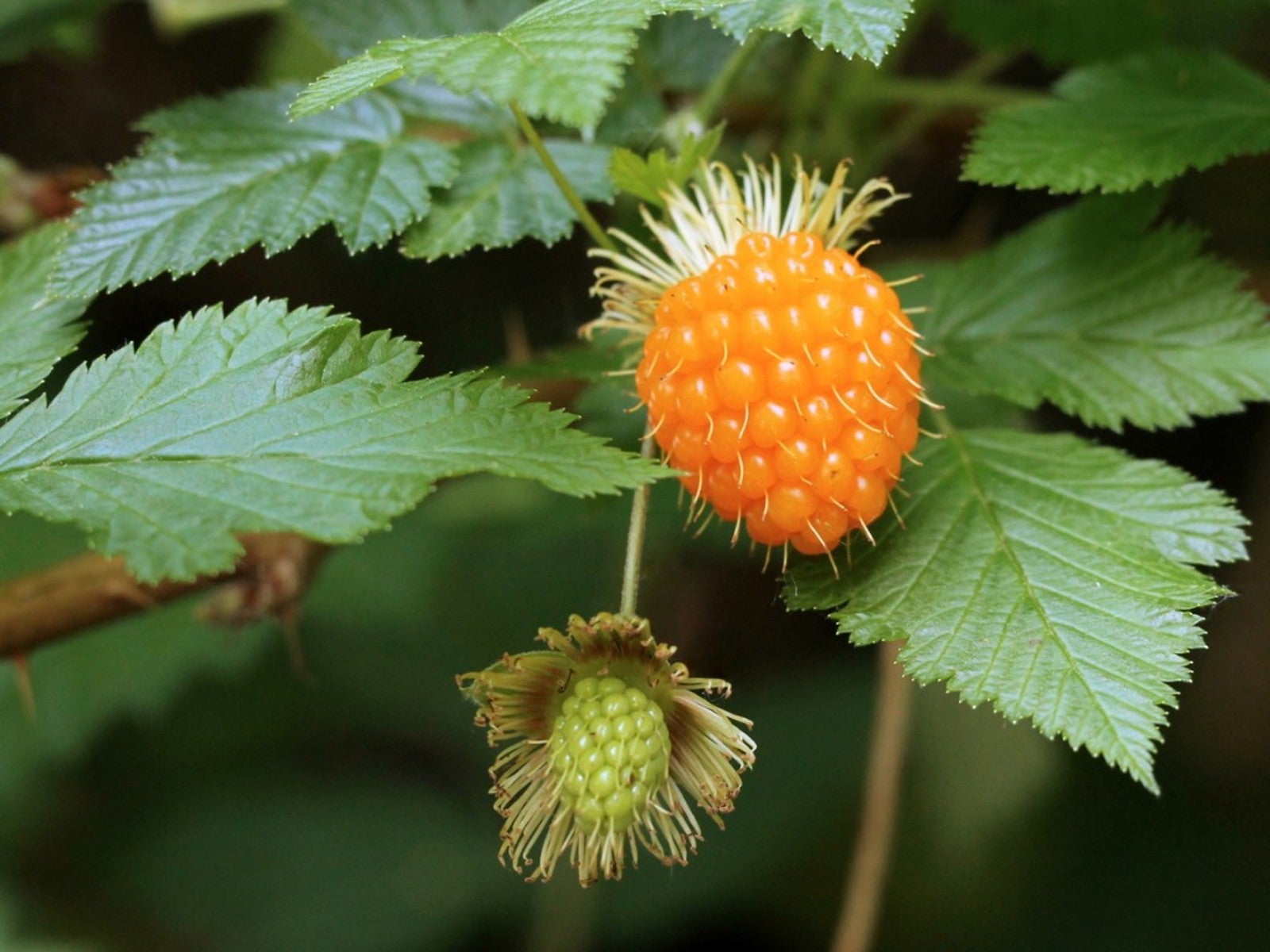 What Is A Salmonberry – Salmonberry Plant Care Guide
What Is A Salmonberry – Salmonberry Plant Care GuideEver heard of growing salmonberry plants in the garden? Salmonberry? What in the world is that you ask? Read on to learn more.
By Mary H. Dyer
-
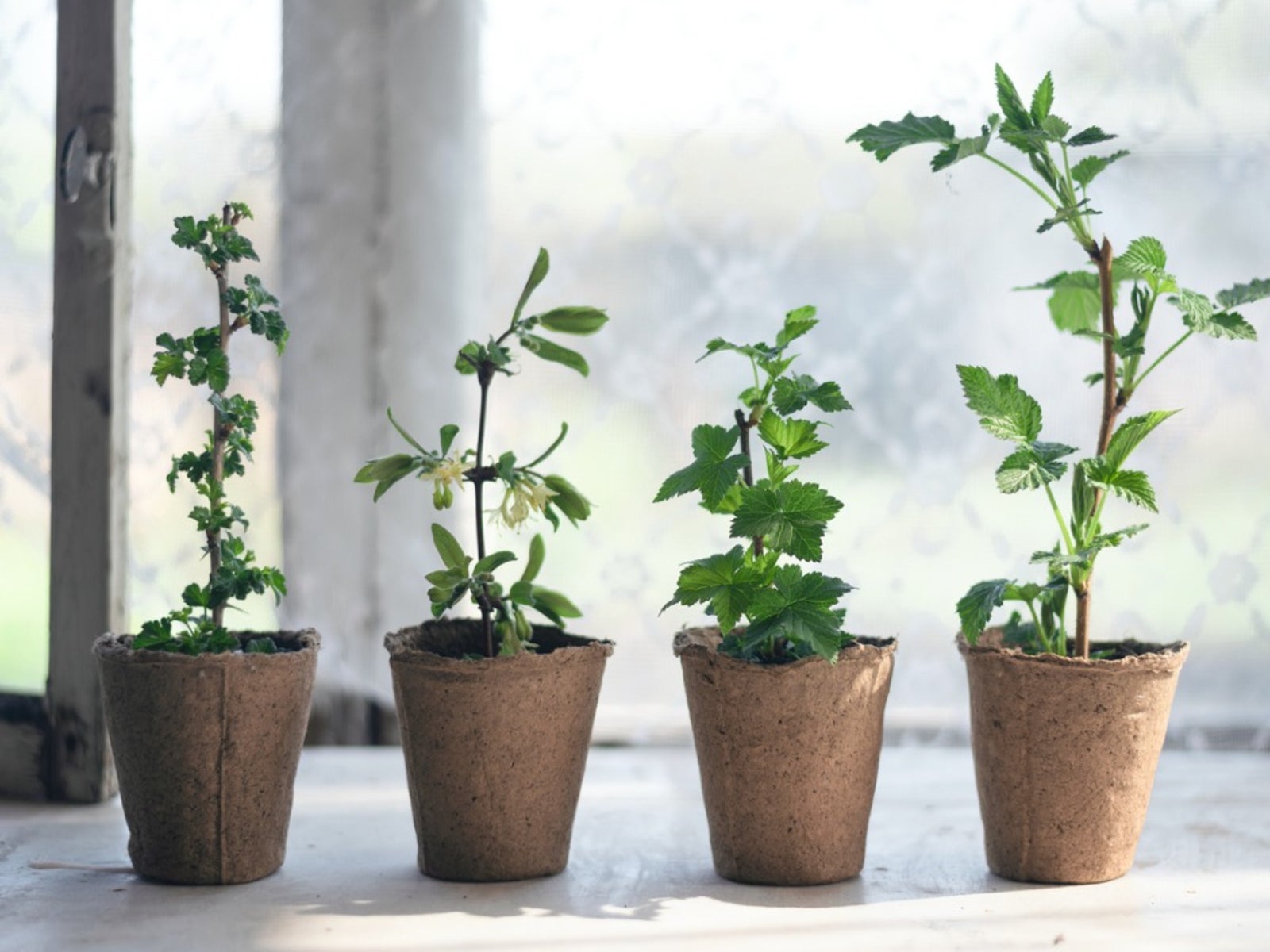 Berry Container Gardening Tips: Growing Unusual Berries In Pots
Berry Container Gardening Tips: Growing Unusual Berries In PotsUnusual berry plants add interest and exoticism to a backyard berry patch. When space is limited, berries are perfect container plants. Here are some tips to get you started with non-traditional container berries.
By Teo Spengler
-
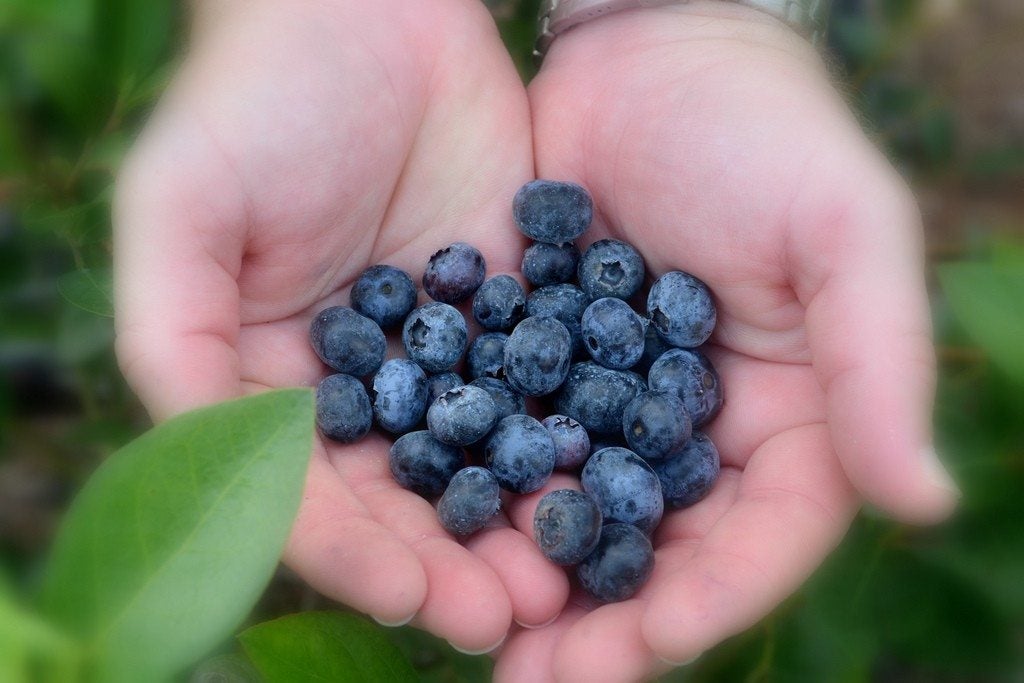 Berry Harvest Time: Best Time To Pick Berries In The Garden
Berry Harvest Time: Best Time To Pick Berries In The GardenKnowing how and when to harvest berries is important. Harvesting berries at just the right moment is the key to the best possible flavor of these fruits. Learn more in this article.
By Amy Grant
-
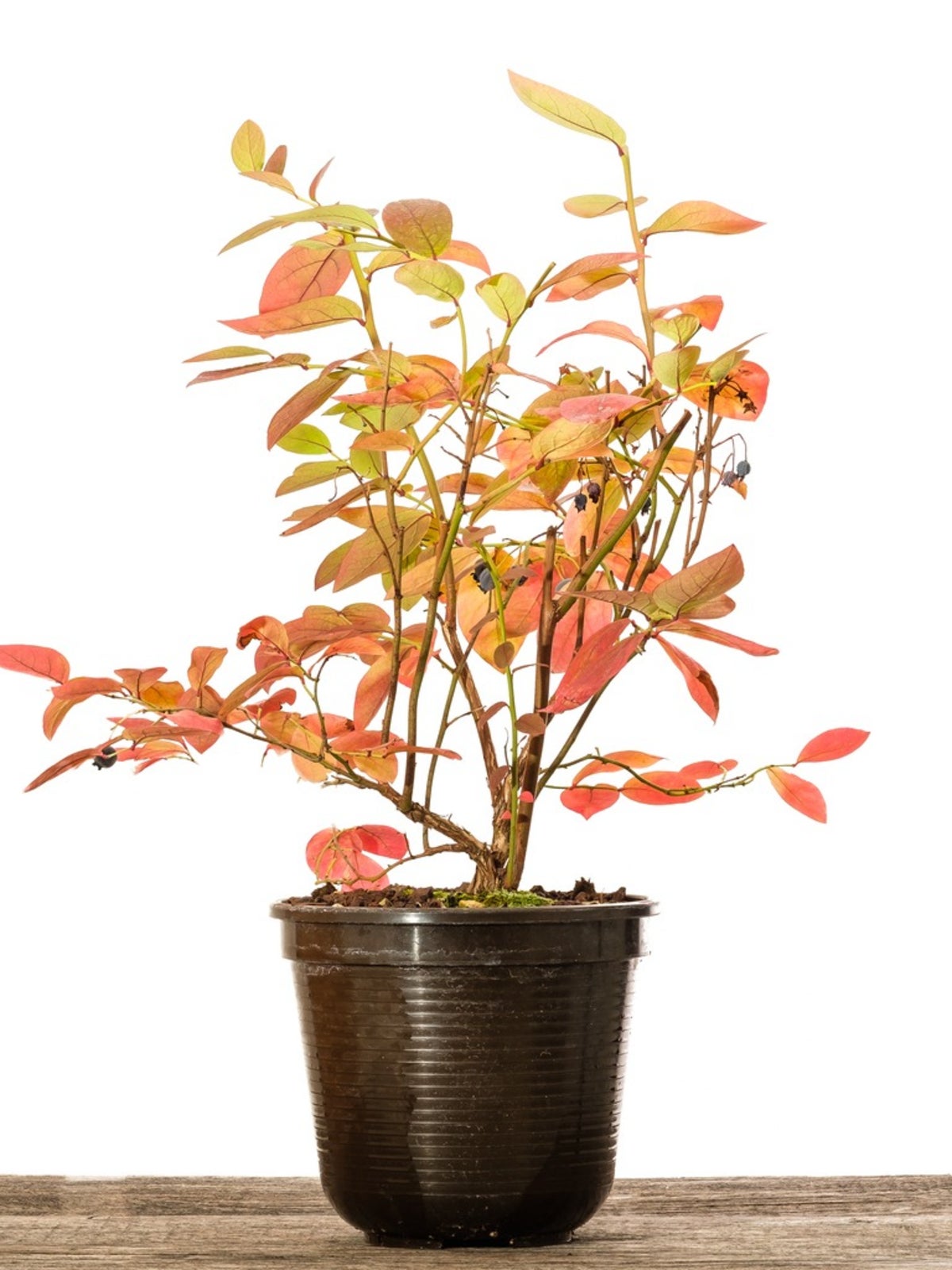 Berry Containers - Berries Growing In A Container
Berry Containers - Berries Growing In A ContainerGrowing berries in containers can be a great alternative for those with little space. The key to success is adequate drainage and pot size. This article will provide information on what you need to be successful.
By Nikki Tilley